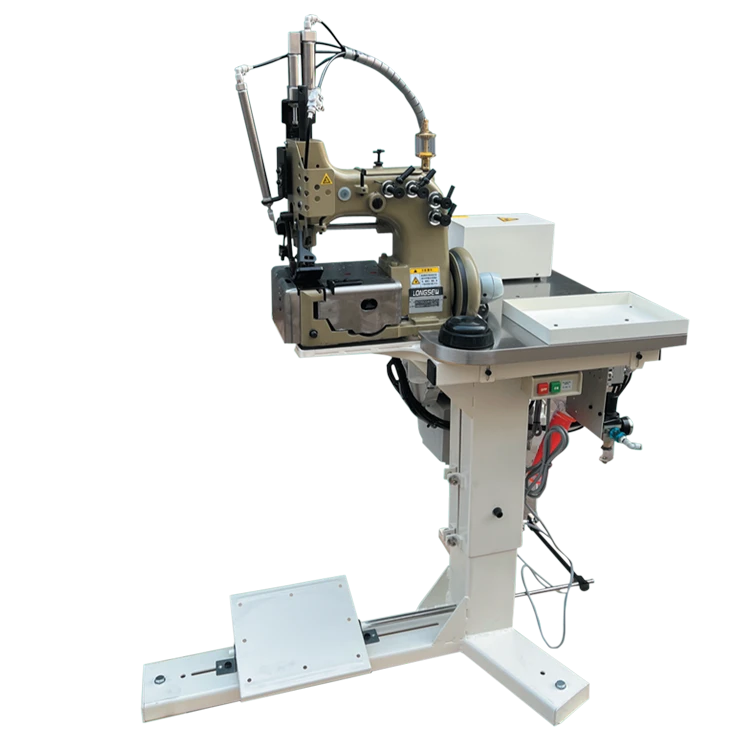Techniques for Sewing Heavy Leather with Precision and Style
Stitching Thick Leather Techniques and Tips for Success
Stitching thick leather can be a challenging endeavor, yet it is also incredibly rewarding. Whether you're crafting a bag, a wallet, or even custom furniture, understanding the proper techniques for working with thick leather ensures that your project is not only aesthetically pleasing but also durable and functional. This article delves into the essential tips and techniques to help you master the art of stitching thick leather.
Choosing the Right Tools
Before you begin your leatherwork, having the right tools is crucial. When working with thick leather, standard sewing needles and threads may not suffice. Instead, opt for leather-specific needles, such as the saddler's needle, which is designed to penetrate thick materials easily. Additionally, heavy-duty threads made from polyester or nylon are advisable as they provide strength and resistance to wear. Look for thread thickness that complements the leather’s weight—typically between 0.8mm to 1.2mm is ideal for thick leather projects.
Prepping the Leather
Preparation is key in leatherwork. Start by selecting the right type of thick leather for your project. Vegetable-tanned leather is popular due to its versatility and ability to develop a beautiful patina over time. Once you have your leather, ensure that it is clean and cut to the desired shape. Use a rotary cutter or sharp utility knife for straight edges, and always use a cutting mat to protect your tools and surfaces.
Next, consider marking your stitching line. A common technique is to use a stitching wheel, which creates evenly spaced holes along your planned stitch line. This not only helps to maintain uniformity but also guides your needle and thread as you work.
stitching thick leather

Stitching Techniques
When it comes to actually stitching thick leather, the saddle stitch is one of the most popular and effective methods. This technique consists of using two needles and a single thread, allowing for a strong and durable seam. Begin by threading both needles onto the same thread length—typically four times the length of the stitching line. Next, poke one needle through the first hole, followed by the second needle through the same hole in the opposite direction. Continue this process along your marked stitching line, ensuring consistent tension for an even finish.
For added strength, consider reinforcing your seams with backstitching at the beginning and end of your stitching line. This creates a lock that prevents the stitches from unraveling over time.
Finishing Touches
Once you have completed stitching, it’s time to focus on the finishing touches. Trim any excess thread, leaving a bit of length for securing knots. Use a lighter to carefully melt the thread ends, sealing them and preventing fraying. Additionally, consider burnishing the edges of your leather. This process smooths and rounds the edges, giving your project a professional look. You can use an edge beveler followed by a burnishing tool, either manually or with a machine, for the best results.
Conclusion
Stitching thick leather may seem daunting at first, but with the right tools, techniques, and a bit of practice, you can create beautiful, lasting pieces. Remember to take your time, pay attention to detail, and most importantly, enjoy the process. Each stitch you make is a step toward honing your craftsmanship and expressing your creativity through leatherwork. Happy stitching!
-
Industrial Cylinder Arm Sewing Machine: Revolutionizing Heavy-Duty SewingNewsJul.28,2025
-
Cylinder Arm Sewing Machine: Perfect for Special Sewing ApplicationsNewsJul.28,2025
-
Cylinder Bed Sewing Machine: Essential for Sewing Complex MaterialsNewsJul.28,2025
-
Heavy Duty Sewing Machine: The Essential Tool for Industrial ApplicationsNewsJul.28,2025
-
Computerized Pattern Sewing Machine: Revolutionizing Precision StitchingNewsJul.28,2025
-
Heavy Duty Industrial Sewing Machine: Power Meets PrecisionNewsJul.28,2025
-
Leather Sewing Machine: The Industrial Standard for Tough MaterialsNewsJul.18,2025





























